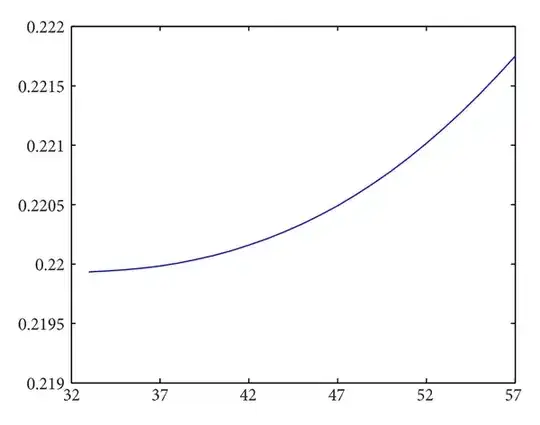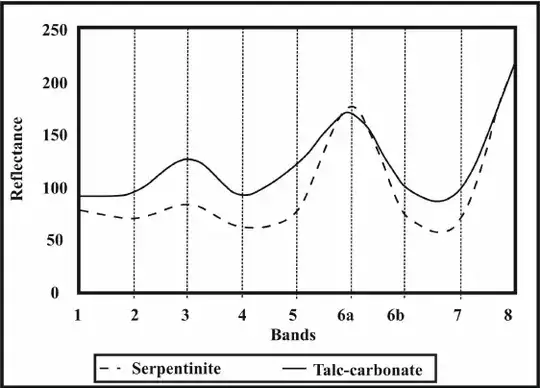Use your talc for mirrors!
First, contemplate the economics of a future nation. Given that it's the future (not necessarily very far in the future), there is one man, the Consumer, who owns all the corporations, minerals, rockets, politicians, religious and charitable foundations, eyeballs, etc. Provided he is happy you have more or less 100% market penetration and you can count the project as complete.
Now talc can make flat tabular crystals. These are rare and usually microscopic, though you can find some pretty alleged examples online in an image search (the better looking ones I found were temporary images from auctioned minerals). If you have the resources to resurface the Moon, I imagine converting the silicon dioxide and magnesium from regolith and scarce lunar water into perfectly flat reflective plates of talc, though as some say, there may be better choices.
Once you have covered the Moon in mobile reflective mirrors, pointing at the Sun, someone looking up at it from the right spot will see lots of Sun, depending on the gaps between mirrors based on the angle they need to make. The "right spot" is actually pretty big, because these mirrors are flat, so anyone within 0.25 degrees (angular radius of the Sun) of the Consumer, as seen from the Moon, will have the same effect. The angular diameter of the Earth is 1.8 to 2.0 degrees, so luckless peasants far from the Capital of the Earth, or who are not invited when the Leader goes on vacation, will see only a drab Moon, lacking in features as the Man in the Moon has been banished as the backward superstition he is. Perhaps some advertising might be superimposed on the space. The transition from this to the lit moon could be very abrupt if the mirrors are all directed correctly, though it might take some doing to correct for small astronomical aberrations based on distance.
Note that this system does not actually focus light, so it can never be brighter than the Sun, though one supposes a wise Leader would have a very well secured feature to permit the mirrors to be warped a little and focused on a potential source of dissent.

